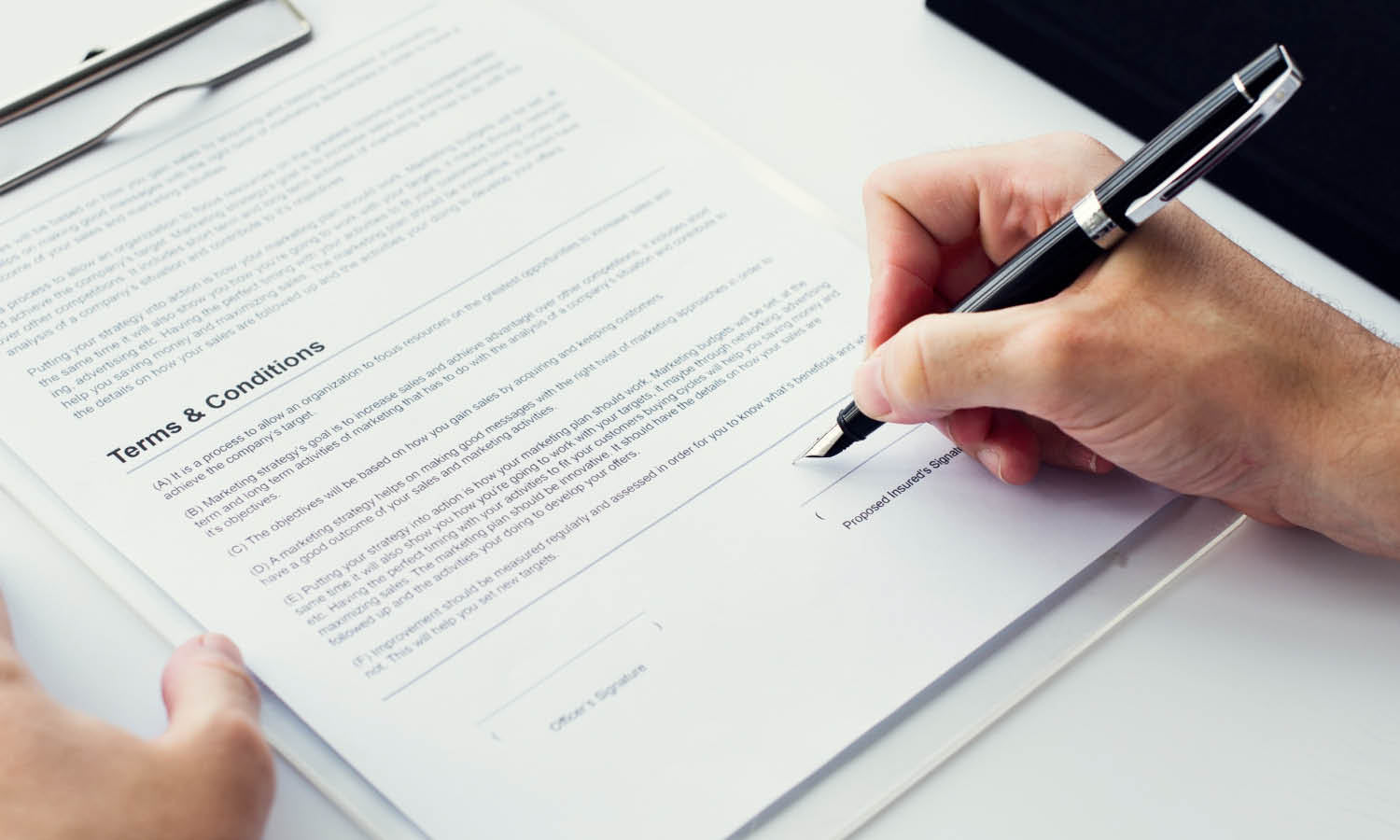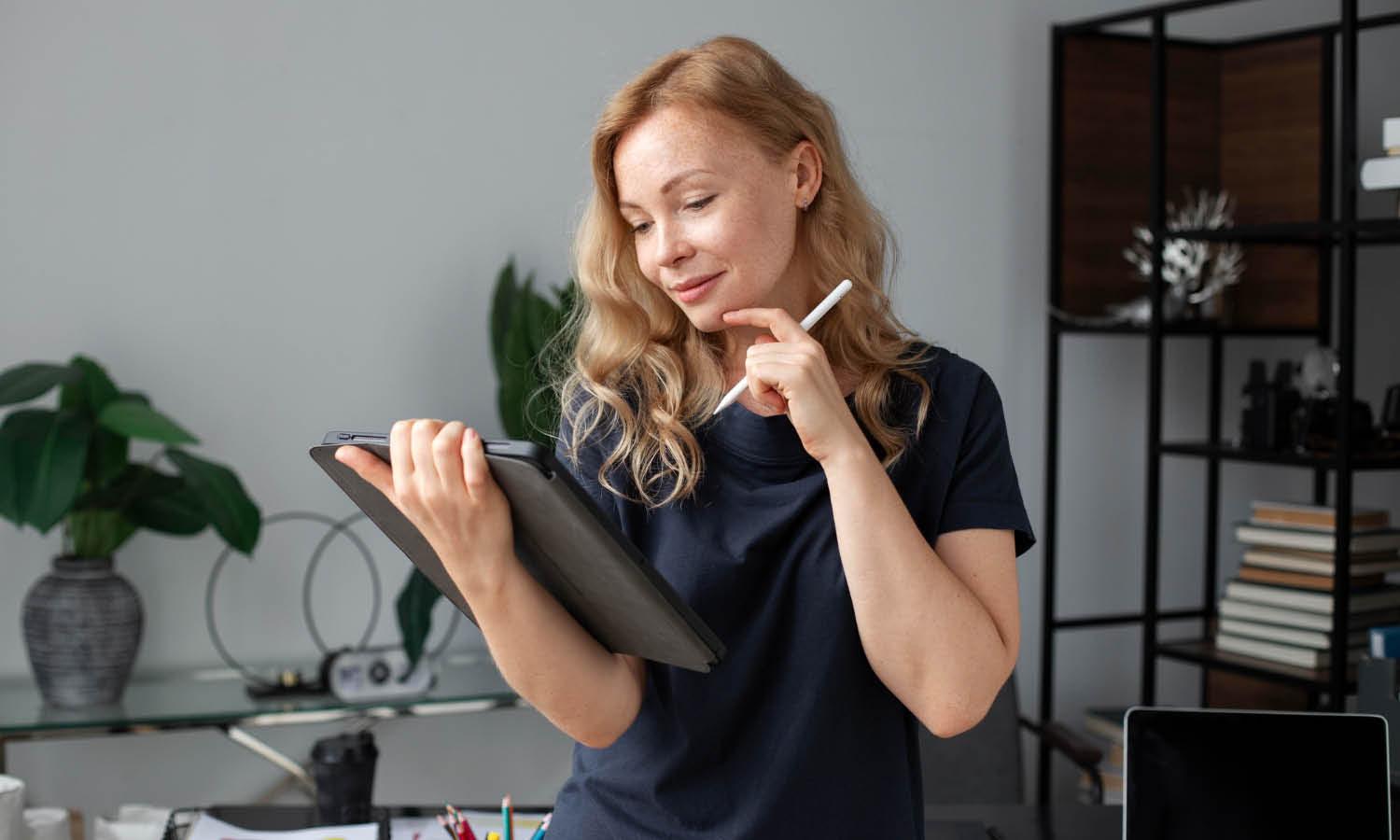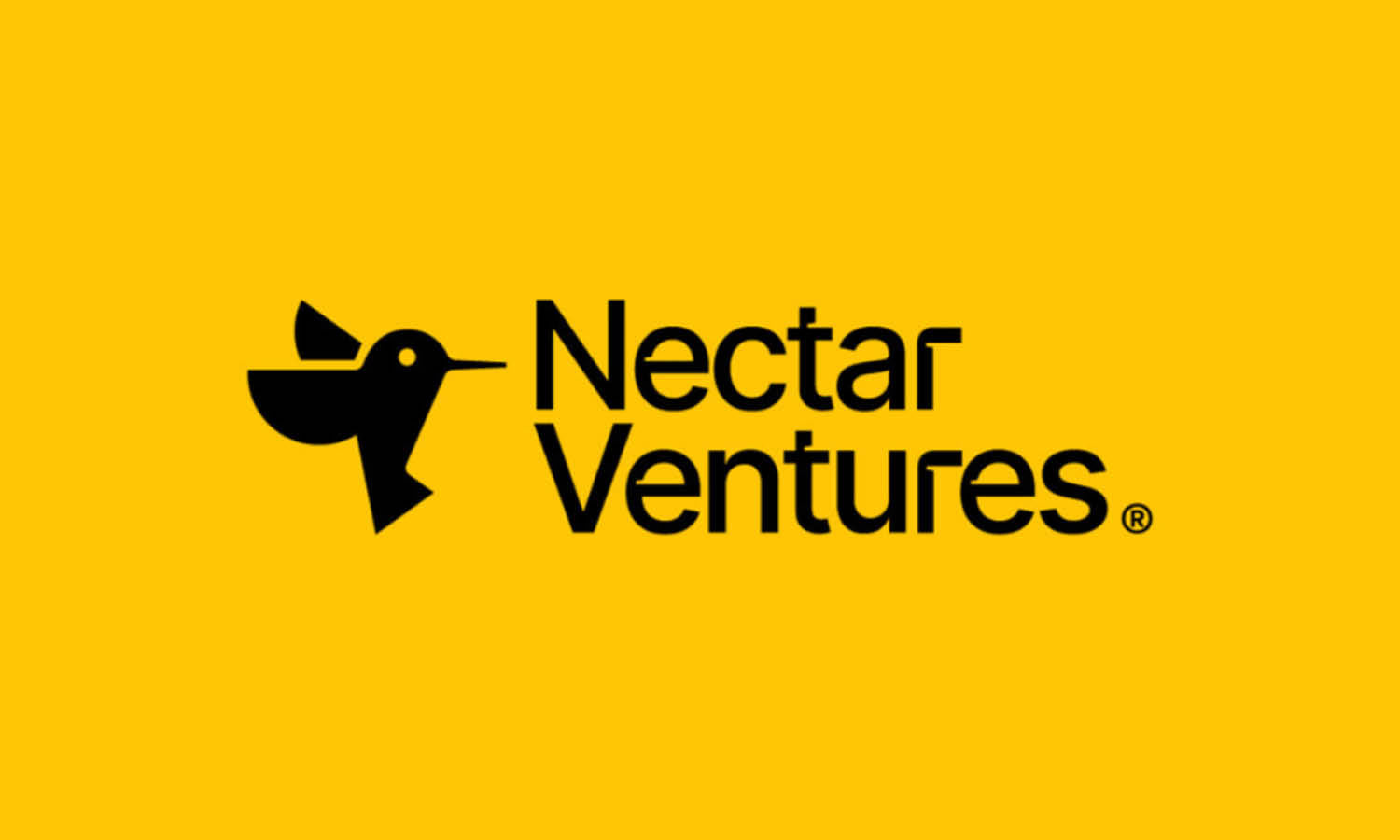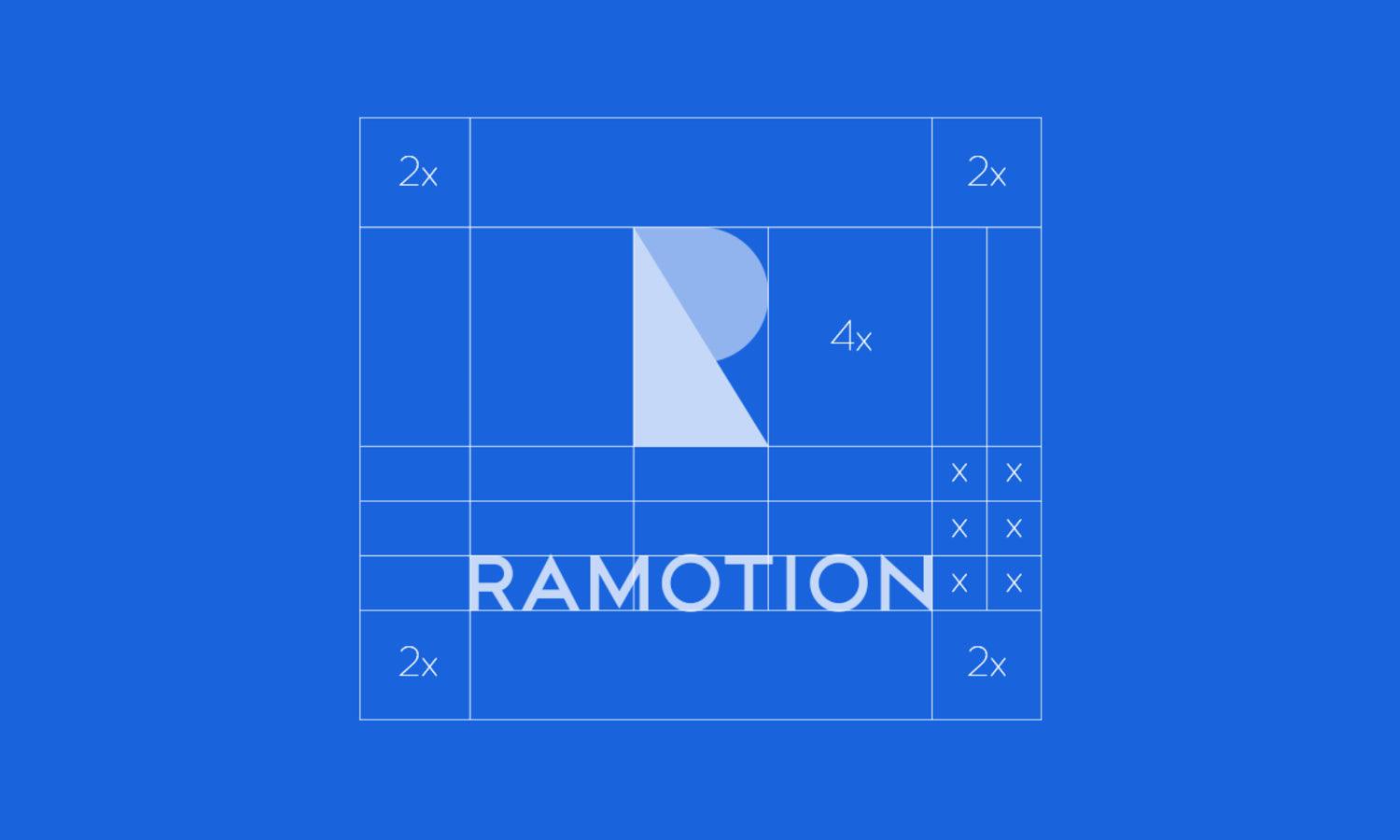Essential Things To Write When Creating Logo Design Contract

Creating a comprehensive logo design contract is critical for both designers and clients to ensure clear communication and mutual understanding from the outset of any project. This document serves as a legal foundation that outlines the responsibilities, expectations, and boundaries of the professional relationship. A well-drafted contract not only provides security but also establishes a professional tone for the project, ensuring that both parties are aligned in terms of scope, timelines, payment, and deliverables.
Whether you are a freelance designer or a client looking to commission a logo, knowing what to include in your contract is essential. It prevents potential disputes and ensures that the project runs smoothly from start to finish. In the following sections, we will delve into the key elements that should be included in every logo design contract, providing a reliable roadmap to follow for successful project completion. This introduction sets the stage for a detailed exploration of each contractual component, emphasizing their importance in the world of logo design.
Client and Designer Information
When drafting a logo design contract, it's crucial to start with clear and detailed client and designer information. This section should include the legal names of both the client and the designer or design agency involved in the project. Additionally, it's essential to provide complete contact information, including physical addresses, phone numbers, and email addresses. This foundational information not only establishes the identity of both parties but also facilitates easy communication throughout the project's duration.
Moreover, including the legal status or business entity type (e.g., LLC, sole proprietorship, etc.) of both the client and the designer can clarify the professional context of the agreement. This section should also mention the primary contact persons if either the client or the design firm has multiple team members. Establishing who exactly is involved from both sides ensures that there are no misunderstandings about who handles decisions and feedback, which is vital for seamless project management.
By explicitly stating this information at the beginning of your logo design contract, you provide a professional and legal foundation that sets the tone for the engagement. It reassures all parties that they are entering into a well-documented and mutually recognized agreement, which can help prevent potential disputes and streamline the design process.
Scope of Work
The scope of work section is a cornerstone of any logo design contract. This part should meticulously detail what the project entails to prevent scope creep and ensure that both the client and designer have a mutual understanding of the expected deliverables. Include the specific services to be provided, such as initial concepts, number of revisions, final deliverables, and any additional services like branding or digital assets.
It is important to clearly define the boundaries of the project. Detail not only what is included but also what isn't included in the scope of the contract. For instance, if the contract does not cover ongoing maintenance after the logo is delivered, state this explicitly.
Furthermore, this section should outline the project timeline, highlighting key milestones such as the presentation of initial concepts, feedback periods, and the final delivery date. This timeline helps manage expectations and ensures that both parties are aware of important deadlines.
Clarifying the scope of work in your logo design contract helps manage client expectations and provides a clear roadmap for the project. It acts as a reference point that can be revisited should any misunderstandings arise during the project's lifecycle. This detailed description is not only beneficial for project management but also essential for maintaining a good client-designer relationship.
Timeline and Deadlines
In any logo design contract, clearly defining the timeline and deadlines is essential to ensure the project flows smoothly and expectations are met. This section should outline the start date of the project and provide a detailed schedule that includes all critical phases, such as concept development, revisions, and finalization of the design.
It is important to set realistic deadlines for each phase, giving both the designer and the client adequate time to review and provide feedback. Specify exact dates for when initial designs will be presented, when feedback or revisions are due, and when the final versions are expected to be approved. Additionally, it's beneficial to include a buffer period to accommodate any unforeseen delays or additional revisions.
This section should also detail any consequences of missed deadlines, such as adjustments to the project timeline or additional fees, to encourage adherence to the schedule. A well-structured timeline not only helps manage the client's expectations but also provides a clear roadmap for the designer to manage their workload effectively.
Establishing these parameters within your logo design contract helps prevent confusion and ensures that both parties remain committed to the agreed schedule, ultimately leading to a successful and timely project completion.

Payment Terms
The payment terms section of a logo design contract is critical as it outlines how and when the designer will be compensated. It should detail the total project fee and the payment schedule, including any required deposits, progress payments, and final payments upon completion of the project.
Start by specifying the amount and due dates of any initial deposits to secure the services, which typically range from 25% to 50% of the total fee. This deposit not only commits the client to the project but also protects the designer's time and initial resources.
Further, break down the payment schedule into manageable milestones. For instance, payments could be structured around the delivery of the first draft, after the first round of revisions, and upon final delivery. Each installment should have a clear due date and be aligned with specific deliverables.
Additionally, outline acceptable payment methods, whether by bank transfer, credit card, or online payment platforms, and clarify any late payment fees or interest that may apply if the client fails to pay on time.
This section should also address the handling of additional charges if the scope of the project expands or if extra revisions beyond those stipulated in the contract are requested. Clearly defining these terms upfront prevents disputes and ensures that the designer is fairly compensated for all work performed.
Pricing and Additional Charges
In the pricing and additional charges section of a logo design contract, clarity is paramount. This part should clearly outline the total cost of the project based on the scope of work agreed upon. It should detail any fixed prices for specific deliverables and include hourly rates for additional services that might be required later.
Start by specifying the base rate for the initial logo design which includes a set number of revisions and deliverables. Then, list the prices for additional services that may not be included in the initial quote, such as additional design concepts, extensive revisions, or expanded branding elements like business cards and letterhead designs.
It's also important to discuss how out-of-scope work will be billed. Define what constitutes out-of-scope requests and provide an hourly rate for these extras. Make sure to explain the procedure for approving these additional costs, ensuring that the client must agree in writing to any extra charges before the work begins.
Furthermore, include a clause about potential unforeseen costs, such as special font licenses or unique graphic elements, which might require purchasing specific rights. Specify that such expenses will be passed on to the client, with prior approval.
Transparently outlining these aspects in your contract ensures that there are no surprises when it comes to payments, and helps build trust between you and your client, making for a smoother working relationship.
Revision Policy
The revision policy section of a logo design contract is crucial for managing expectations and maintaining project boundaries. It should clearly specify the number of revisions included in the agreed price, what constitutes a revision, and the costs of additional revisions if needed.
Define a revision as any request for a change or an adjustment to a draft of the logo after it has been presented to the client. Be explicit about what is considered a minor versus a major revision, as major revisions can be more time-consuming and might require additional fees.
Detail the number of rounds of revisions that are included in the initial project scope. Commonly, logo design contracts include two to three rounds of revisions, which allows the client sufficient flexibility to refine their logo while also keeping the project within scope and on budget.
If additional revisions are requested beyond those initially agreed upon, specify the rate for each additional revision round. Make sure to state that these extra revisions will only be undertaken after client approval of the quoted additional costs, ensuring both parties are clear on the extended scope and associated fees.
This section should also mention the process for requesting revisions, including how they should be communicated (e.g., via email or a project management tool), and the expected turnaround time for each set of revisions. This ensures a structured revision process and helps keep the project timeline on track.
Ownership Rights and Usage
In any logo design contract, the ownership rights and usage section is fundamental. This part delineates who holds the copyright to the logo upon completion and how the logo can be used. It's important to be explicit about when ownership officially transfers from the designer to the client, which is usually after full payment has been received.
Specify that until final payment, the designer retains all rights to the design. Once the project is fully paid for, the client is granted the exclusive license to use and reproduce the logo for all intended purposes as agreed upon. It's also essential to clarify any restrictions on the use of the logo, such as geographical limitations or specific media where the logo can or cannot be displayed.
Include details about whether the designer retains the right to display the logo in their portfolio and promotional materials. This is standard practice within the industry, as it allows designers to showcase their work to prospective clients.
Additionally, if applicable, state any rights reserved by the designer to sell or reuse elements of the design that were not specifically customized for the client, such as stock graphics or icons developed independently of the logo project.
This section ensures that both parties understand their rights and obligations regarding the final logo design, providing clear guidelines on copyright, usage, and ownership that protect both the designer's creative contributions and the client's business interests.

Confidentiality Agreement
The confidentiality agreement section of a logo design contract is crucial to protect both the client's and the designer's sensitive information. This part of the contract ensures that any proprietary information, trade secrets, client lists, or business plans disclosed during the design process are not shared with third parties without explicit permission.
Outline what constitutes confidential information in clear terms, ensuring that both parties recognize the types of data that need to be safeguarded. Specify that the designer is required to keep all client information confidential unless given permission in writing to disclose it. This includes not using the client's resources for any other projects or purposes outside of the contracted work.
The confidentiality clause should also cover any materials produced during the project, including preliminary sketches, concepts not chosen, and any correspondence related to the project. Specify the duration of the confidentiality obligation, which usually extends beyond the end of the project to a defined period.
Additionally, provide provisions for the secure handling and eventual destruction or return of confidential materials if requested by the client. This ensures that all sensitive data remains protected throughout and after the completion of the project.
Legal Jurisdiction
The legal jurisdiction section of a logo design contract specifies the legal framework under which the contract is governed and any disputes will be resolved. It's essential to determine and agree upon the jurisdiction because it affects how contract terms will be enforced and what laws apply in the event of a dispute.
Clearly state the country or state whose laws will govern the contract. This choice is typically based on where the designer, the design agency, or the client is located. By specifying this, both parties will have a clear understanding of the legal standards and processes that will apply should issues arise.
In this section, also include details on how disputes will be handled. For instance, you may require that any disputes first go through mediation before any legal action can be taken. If the mediation does not resolve the dispute, then it can proceed to litigation or arbitration in the agreed-upon jurisdiction.
Additionally, clarify any specific legal actions that will not be affected by this jurisdiction clause, such as the ability to seek injunctive relief in any jurisdiction necessary. This is particularly important in the creative industries where intellectual property rights are critical and might need swift protection.
Portfolio Rights
The portfolio rights section of a logo design contract addresses the designer's ability to use the completed logo and associated designs in their portfolio and promotional materials. This clause is crucial for designers as it allows them to showcase their work to potential clients and grow their business.
Explicitly state that the designer retains the right to display the logo and any related design work in their portfolio, on their website, and in other marketing communications. However, it's important to consider any sensitivities or confidentiality concerns the client may have. For example, the client may request that the logo not be shown in portfolios until after a certain public launch date or that specific project details remain confidential.
To accommodate these concerns, the contract can include a provision that the designer will seek prior approval from the client before using the logo in external showcases or promotional activities. This approval should not be unreasonably withheld if it is merely to maintain exclusivity or confidentiality for a reasonable period.
Furthermore, if the design includes proprietary elements created specifically for the client that they wish to keep exclusive, clarify that these elements will not be used in other works or offered to other clients.
Including clear terms about portfolio rights not only protects the designer’s interests in promoting their work but also respects the client's rights and privacy, ensuring a balanced agreement that benefits both parties.
Conclusion
Crafting a detailed logo design contract is vital for ensuring a smooth collaboration between designer and client. By clearly defining key aspects such as the scope of work, payment terms, revisions, and legal rights, both parties can establish a mutual understanding that helps prevent misunderstandings and disputes. Including explicit sections on ownership, confidentiality, legal jurisdiction, and portfolio rights further solidifies the professional relationship, safeguarding interests and fostering trust. Remember, a well-written contract not only protects your rights as a designer but also demonstrates your professionalism and commitment to quality service.
Let Us Know What You Think!
Every information you read here are written and curated by Kreafolk's team, carefully pieced together with our creative community in mind. Did you enjoy our contents? Leave a comment below and share your thoughts. Cheers to more creative articles and inspirations!
















Leave a Comment